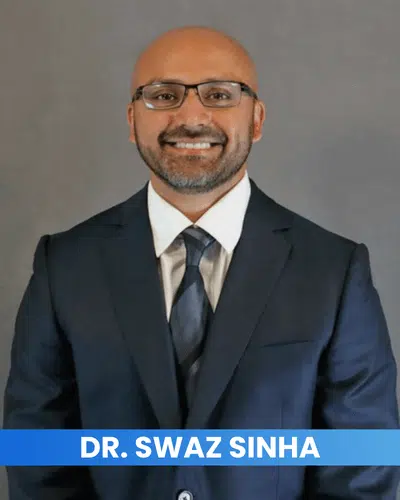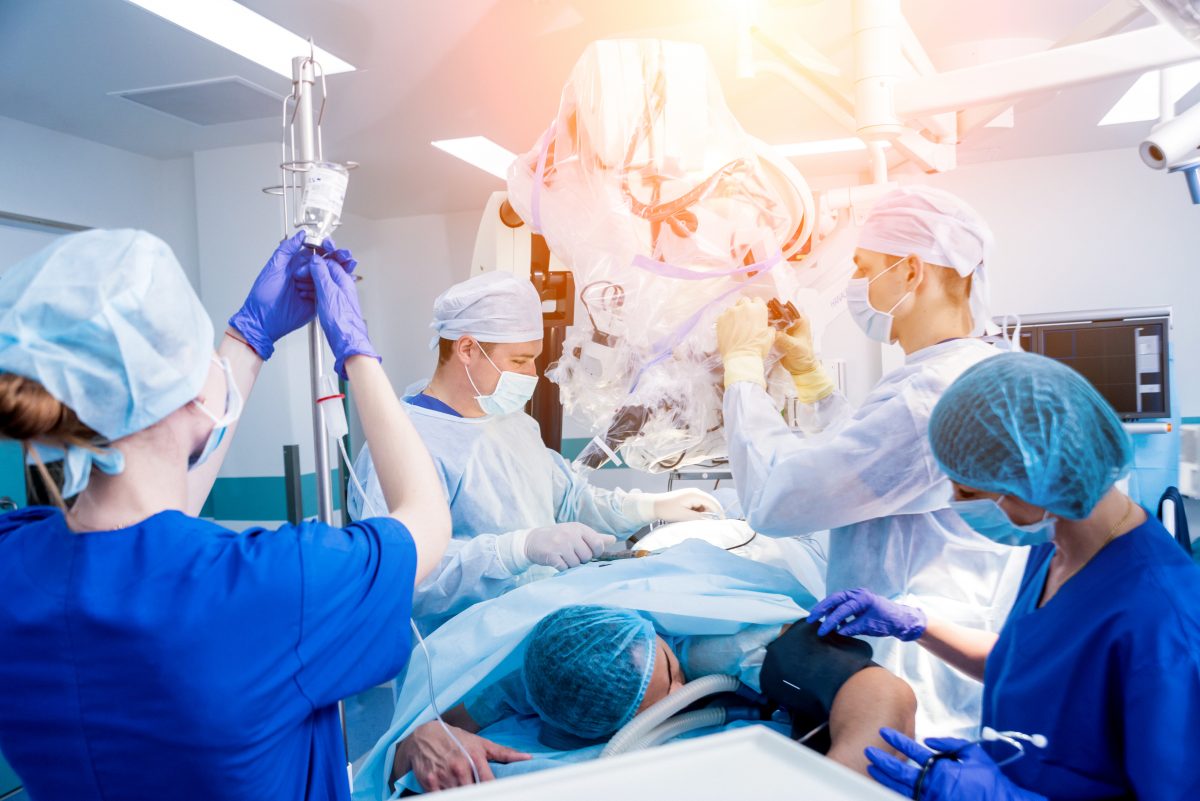Patient Success Stories with the Best Spine Surgeons in St Louis MO
Wiki Article
A Summary of Spine Problems That Typically Lead To Surgical Therapies
Back problems such as herniated discs, spine constriction, and degenerative disc illness often demand medical interventions when conservative therapies fail to relieve persistent signs and symptoms. Understanding the subtleties of each problem and the corresponding surgical alternatives, such as discectomy or spinal blend, is crucial for reliable management.Herniated Discs
Although numerous people with herniated discs may find relief through conventional treatments, surgery comes to be a needed consideration when signs and symptoms intensify or persist - best spine surgeons in st louis mo. A herniated disc happens when the soft inner gel of a back disc protrudes through its outer layer, possibly compressing close-by nerves and leading to discomfort, feeling numb, or weak point in the extremitiesConservative management normally consists of physical treatment, pain medicines, and corticosteroid injections, which aim to decrease swelling and improve feature. In instances where these techniques fall short to minimize devastating signs, medical choices may be discovered.
The most usual surgical procedure for herniated discs is a discectomy, which includes the removal of the herniated section of the disc to eliminate pressure on the impacted nerve origin. In more extreme situations, spine blend may be necessary to stabilize the affected vertebrae.
Clients are encouraged to go over the possible dangers and benefits of surgical procedure with their medical care company to make a notified choice. Eventually, the goal of any surgical intervention is to restore function, relieve discomfort, and boost total lifestyle for people experiencing herniated discs.
Spine Constriction
Spine stenosis takes place when the areas within the spine slim, resulting in increased stress on the spine and nerves. This problem can establish in different areas of the back, including the back and cervical areas, often as a result of age-related adjustments, such as degenerative disc illness, joint inflammation, or thickening of tendons.Clients with spine constriction may offer with signs that consist of discomfort, tingling, prickling, or weakness, mostly in the legs or arms. These signs and symptoms can be intensified by activities that involve standing or strolling, commonly leading people to seek alleviation through traditional therapies like physical treatment, drugs, or epidural steroid injections.
However, when these non-surgical treatments fail to give appropriate relief, medical options might be considered. Usual surgeries for back constriction consist of laminectomy, which includes the removal of part of the vertebra to alleviate stress, and back fusion, which stabilizes the affected area. The choice to go after surgical treatment is typically based upon the severity of signs and symptoms, the level of functional impairment, and the total wellness of the person. Trigger diagnosis and management are essential to avoid more neurological concession and boost lifestyle.
Spondylolisthesis
Spondylolisthesis occurs when one vertebra slides forward over another, resulting in misalignment of the spine. This condition can arise from different elements, consisting of genetic issues, injury, or degenerative adjustments in the back. It is most generally observed in the back region, particularly at the L4-L5 and L5-S1 degrees./0x0:512x512/prod01/channel_2/media/mccms/content-assets/academics/residencies-and-fellowships/spine-surgery-fellowship-minnesota/overview/final-512X512-OR710-2020-10-05_0007.jpg)
Treatment options vary based on the seriousness of the slippage and the signs provided. Conventional measures, including physical treatment, pain monitoring, and activity modification, are usually the initial line of protection. Nevertheless, when non-surgical approaches fail to soothe signs and symptoms or when substantial nerve compression is present, medical intervention might be called for. Surgical options can consist of spinal blend or decompression procedures, targeted at restoring alignment and minimizing neurological signs. Early medical diagnosis and proper administration are important for ideal outcomes in clients with spondylolisthesis.
Degenerative Disc Disease

The condition can be detected via a combination of professional analysis, imaging studies, and client background. When these techniques fail to supply adequate alleviation, medical interventions may be considered.
Surgical options for DDD may include spinal blend or artificial disc substitute, targeted at stabilizing the impacted sector and alleviating pain (best spine surgeons in st louis mo). Inevitably, the option of treatment is individualized, taking into account the severity of the condition, person health, and way of life factors
Spine Growths

news
What elements add to the development of tumors within the spinal column, and how do they materialize in people? Spine growths can develop from different factors, including genetic tendency, environmental influences, and pre-existing medical conditions. They can be categorized as key tumors, stemming in the back, or additional growths, which spread from other areas of the body. People may present with a variety of symptoms, including local pain, neurological shortages, weakness, or modifications in digestive tract and bladder function, depending on the tumor's dimension and location.
Medical diagnosis generally involves imaging research studies such as MRI or CT checks, which aid delineate the tumor's features and effect on bordering frameworks. In assessing therapy alternatives, the tumor's location, type, and quality are important factors to consider. Surgical intervention may be warranted to minimize signs and symptoms, get a biopsy, or remove the growth totally. The goal of surgical treatment is often to unwind neural elements and support the back. Adjuvant therapies, consisting of radiation or chemotherapy, might also be essential depending upon the lump's nature. Early discovery and treatment are critical for enhancing outcomes in individuals with spine lumps.
Conclusion
In recap, back problems such as herniated discs, spine constriction, spondylolisthesis, degenerative disc condition, and back tumors more helpful hints frequently demand medical treatment as a result of their potential to trigger considerable discomfort and useful problems. While conservative therapies might provide temporary relief, medical options become crucial when symptoms linger or worsen. Timely medical diagnosis and intervention play a critical function in restoring feature and improving the lifestyle for damaged individuals, underscoring the significance of thorough spinal treatment.
Report this wiki page